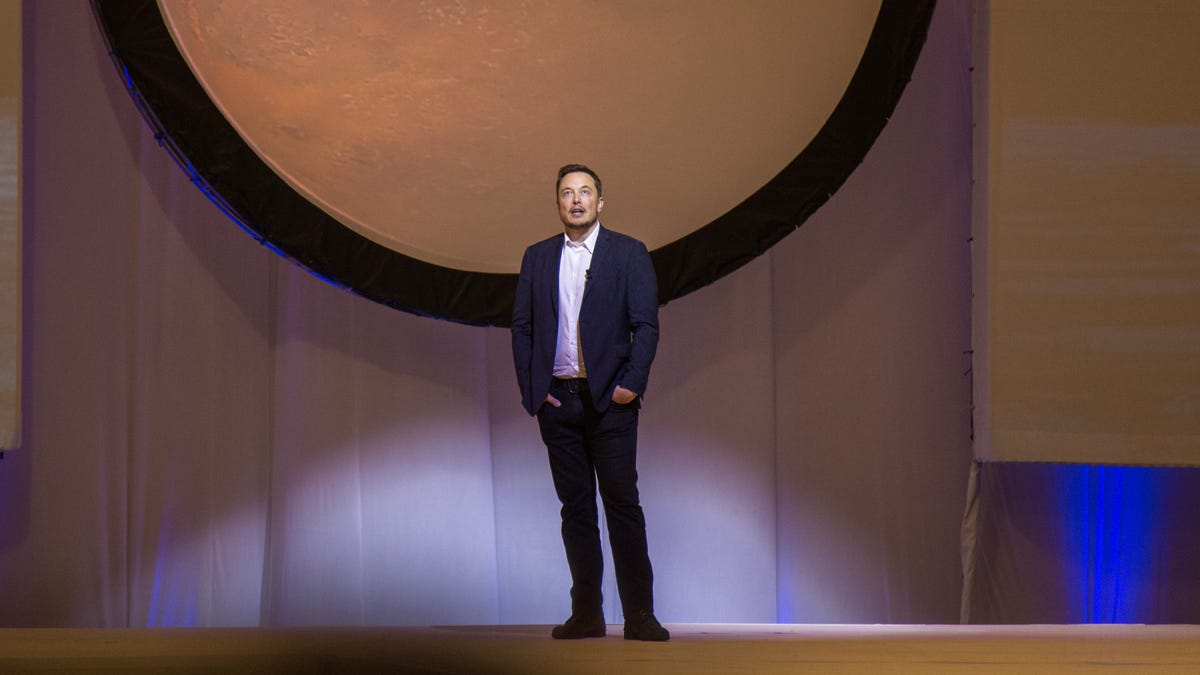SpaceX Starship 'Hopper' prototype finally lights up
It was a modest display, but Elon Musk is aiming for this rocket to take humans to the moon and beyond in just a few years.

"All systems green," tweeted SpaceX CEO Elon Musk.
It was a lot of build up for a little bit of flame, but a single-engine prototype of the rocket that Elon Musk hopes will take passengers to Mars one day was fired up for the very first time.
After weeks of waiting and airspace closures over the SpaceX test facility in Boca Chica, Texas, the SpaceX CEO confirmed that the "hopper" version of his Starship (formerly known as "BFR") completed a "tethered hop" on Wednesday evening.
Starhopper completed tethered hop. All systems green. https://t.co/0m5Bm5slD2
— Elon Musk (@elonmusk) April 4, 2019
SpaceX has used so-called hopper prototypes in the past to test its rockets. Basically, they're less powerful versions that don't travel all the way to space and then come back down for a landing. In this case, a "tethered hop" is really the same as a static or hold-down fire test, which is a standard procedure before most launches as well.
Interestingly, SpaceX was also supposed to conduct a static fire test for its Falcon Heavy rocket at Kennedy Space Center in Florida Wednesday. However, that test has been delayed once again and is now set to happen Thursday, ahead of a planned launch on Sunday. This will be the first commercial launch for Falcon Heavy (it's carrying a commercial communications satellite to orbit) and the first we've seen of the powerful rocket since its demonstration launch last year that sent Musk's red Tesla toward Mars.
The firing of the Starship prototype's Raptor engine was the first to be started up at the company's Texas launch pad. It seems Texas will be the home for Starship's development for the time being after a deal to build the big rockets at the Port of Los Angeles fell through.
SpaceX needs to move Starship from this first test to mission-ready in less than four years. The company already has a paying customer in Japanese billionaire Yusaku Maezawa, who hopes to take a group of artists on a flight around the moon in 2023.

